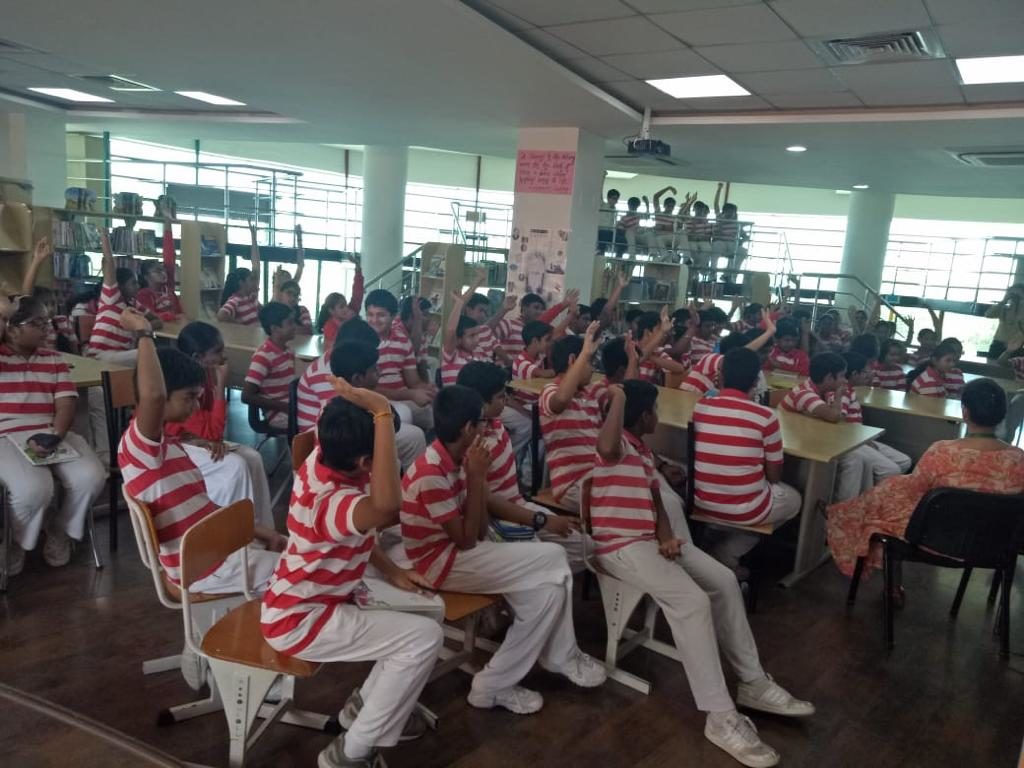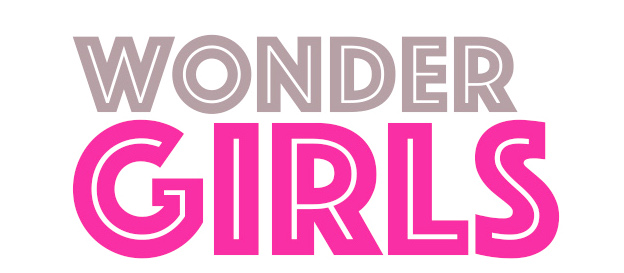7 ways Teachers can use Wonder Girls
- Radhika Srinivasan
- August 25, 2019

Wonder Girls is the story of fifteen millennial women from diverse backgrounds who’ve each strived to achieve excellence in their fields.
It is this diversity coupled with the fact that these are ordinary girls who have achieved extraordinary results (they could really be any one of us) that makes Wonder Girls such an important repository of role models who are relatable and distinctive enough to inspire young women and men to follow their own unique ideas.
Over 150+ classrooms around the country are leveraging Wonder Girls to generate conversations among their students on a variety of topics, ranging from the vastness of career options available to them, gender sensitivity, grit, persistence, resilience, the value of hard work etc.
In this review of Wonder Girls, Soumya Jain, founder of iTeach schools, a network of independent charter schools, shares some of the ways teachers and educators can use the book to generate value in their own learning spaces. We are including excerpts from the review below.
1) Opinion based questioning
One of the most important aims during learning is to aid your students to become independent thinkers. Wonder Girls fits in perfectly because you can use real-life examples to get your students to think and formulate opinions on. Use thought-provoking questions in written tests or during class discussion sessions. This activity is sure to enrich the quality of conversations and maybe even introduce your students to a different way of thinking.
What Soumya did: He assigned the students to pre-read a chapter and then gave them a class test on it. Within the class test, he used fact and inference based questions to make sure the students were following the story and then rounded it off with opinion-based questions to discuss their take on sensitive issues within the book or to see how they could apply the lessons of the book to their own lives.
2) Learning through project making
Since Wonder Girls has listed virtues that emerge as repetitive themes among the girls’ stories, like grit, determination, rising from failure and so on, you can utilise the book to engineer projects around these values. Students can highlight various examples of hurdles within the book and create a life journey around it or alternatively, they can select any of their favourite Wonder Girls and create a visualizer of why they admire her.
What Soumya did: He assigned his students to create a project around the importance of art in today’s society using chapter 4 in the book.
3) Multimedia learning with Wonder Girls
One of the biggest pluses of the book is that each of the girls has gained a level of excellence in her field. This means that apart from the content within the book itself there are multiple sources that can be used to aid your teaching in classrooms. From online interviews to TED talks to samples of their work, all of these can be used to further the understanding of the students.
What Soumya did: He invited Neha Pardeshi, the rugby player from Wonder Girls for a live session in his classroom. The students had an open platform to ask her any questions and learn more from her based on the story they had read. It elevated the stories into a well-cherished memory for his students.
4) Improving English comprehension
Wonder Girls works well with students because the language it uses is simple and lucid. The vocabulary is accessible without being elementary and the grammar is meticulous. Assigned readings and classroom read-alouds ensure that students are able to acquire finesse into their own English skills.
What Soumya did: He simply made the book accessible by introducing them into reading clubs and in the school library.
5) Essay writing
Beyond inherent values and virtues, Wonder Girls also shines a light on many social issues of the country, one of them being gender parity in certain fields of work/study. Encourage your students to write long-form essays to understand the impact of such conditions on the overall state of the society and how it could individually affect them.
What Soumya did: He assigned his students to write essays on- “What do we see as the problem in India if only 1% of women have access to play organized sports or the country has only a 100 female neurosurgeons?”
6) Practising empathy and gender sensitivity
Wonder Girls serves as excellent insight for boys into the struggles (sometimes exclusively) faced by women. It introduces them to strong female role models and prompts them to examine the female influences in their own life. Through the stories, they learn to be more mindful and sensitive, developing a sense of empathy.
What Soumya did: By asking students to imagine a world where their mothers routinely participated in outdoor sports, he spurred his students to realize and examine the existing gender roles entrenched in society.
7) As a career roster
Each of the fifteen women comes from a diverse career path and background. STEM, sports, arts, they traverse different paths and thus open up various outcomes to the students too. Due to the offbeat quality of these paths they can serve as excellent precedents to illustrate the vastness of the opportunities available to students. Instead of following the textbook definition of progress, Wonder Girls helps students to not be afraid to pursue their own dreams.
What Soumya did: Pretty much the same thing!
